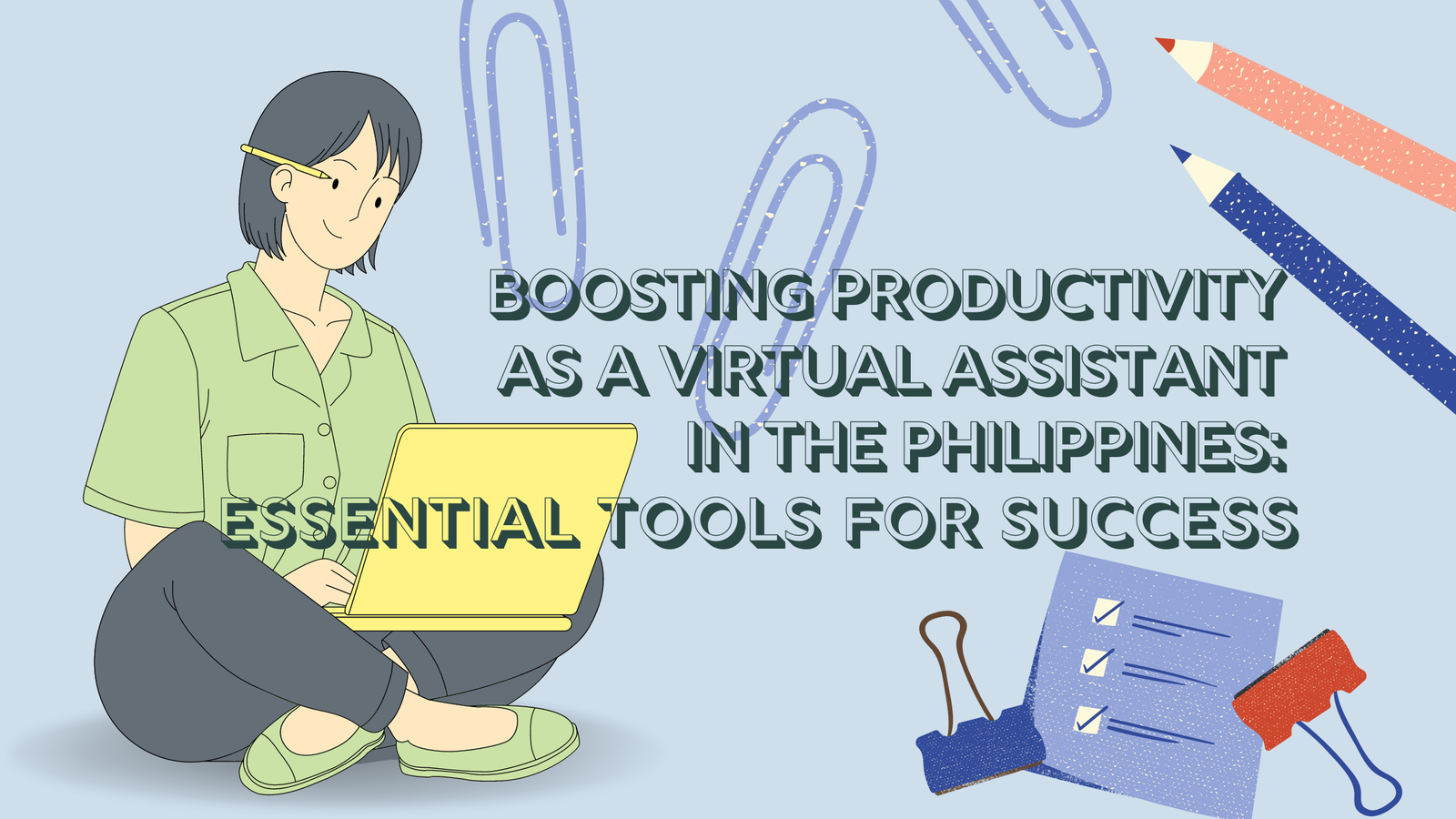Being a virtual assistant requires excellent organizational skills, effective time management, and seamless communication abilities. To enhance productivity and deliver exceptional results, virtual assistants rely on a range of essential tools. In this article, we will explore some of the top tools that can significantly improve productivity and streamline tasks for virtual assistants.
- Project Management Tools:
Project management tools are essential for keeping tasks organized, tracking progress, and collaborating with clients and team members. Tools like Trello, Asana, and Monday.com allow virtual assistants to create and manage task lists, set deadlines, assign responsibilities, and communicate project updates efficiently. These platforms provide a centralized hub for task management, ensuring that nothing falls through the cracks and promoting effective collaboration.
- Time Tracking Tools:
Tracking time accurately is crucial for virtual assistants to ensure efficient billing and measure productivity. Time tracking tools like Toggl, Harvest, and RescueTime help virtual assistants monitor the time spent on specific tasks and projects. These tools enable the tracking of billable hours, identify time-consuming activities, and provide insights for optimizing productivity. Additionally, they help virtual assistants maintain accountability and deliver accurate reports to clients.
- Communication and Collaboration Tools:
Seamless communication is vital for virtual assistants who often work remotely. Communication and collaboration tools facilitate real-time communication, file sharing, and project updates. Popular tools like Slack, Microsoft Teams, and Google Workspace (formerly G Suite) provide chat channels, video conferencing capabilities, and document sharing, ensuring smooth communication with clients and team members. These tools enable instant messaging, reduce email clutter, and foster efficient collaboration.
- Password Management Tools:
As a virtual assistant, managing multiple client accounts and passwords can be challenging. Password management tools like LastPass, Dashlane, and 1Password simplify this task by securely storing login information and generating complex passwords. These tools eliminate the need to remember multiple passwords, enhance security, and save valuable time by automating login processes.
- Email Management Tools:
Email overload is a common challenge for virtual assistants. Email management tools like SaneBox, Mailbird, and Spark help streamline email workflows, prioritize important messages, and declutter inboxes. These tools automate email sorting, provide email templates, and offer features like snoozing and reminders, enabling virtual assistants to handle emails more efficiently and focus on high-priority tasks.
- Virtual Meeting and Web Conferencing Tools:
Virtual assistants often collaborate with clients and team members through online meetings and web conferences. Tools like Zoom, Microsoft Teams, and Google Meet provide reliable video conferencing features, screen sharing capabilities, and interactive meeting options. These tools ensure smooth communication, foster engagement, and facilitate effective virtual collaboration.
Conclusion:
As a virtual assistant, utilizing the right tools can significantly enhance productivity and ensure successful outcomes. Project management tools streamline task organization and collaboration, while time tracking tools promote accountability and efficient time management. Communication and collaboration tools facilitate seamless interactions, password management tools enhance security and convenience, and email management tools declutter inboxes and improve email workflows. Additionally, virtual meeting and web conferencing tools enable effective online collaboration. By leveraging these essential tools, virtual assistants can optimize productivity, deliver exceptional results, and establish themselves as valuable assets in the digital workforce.
